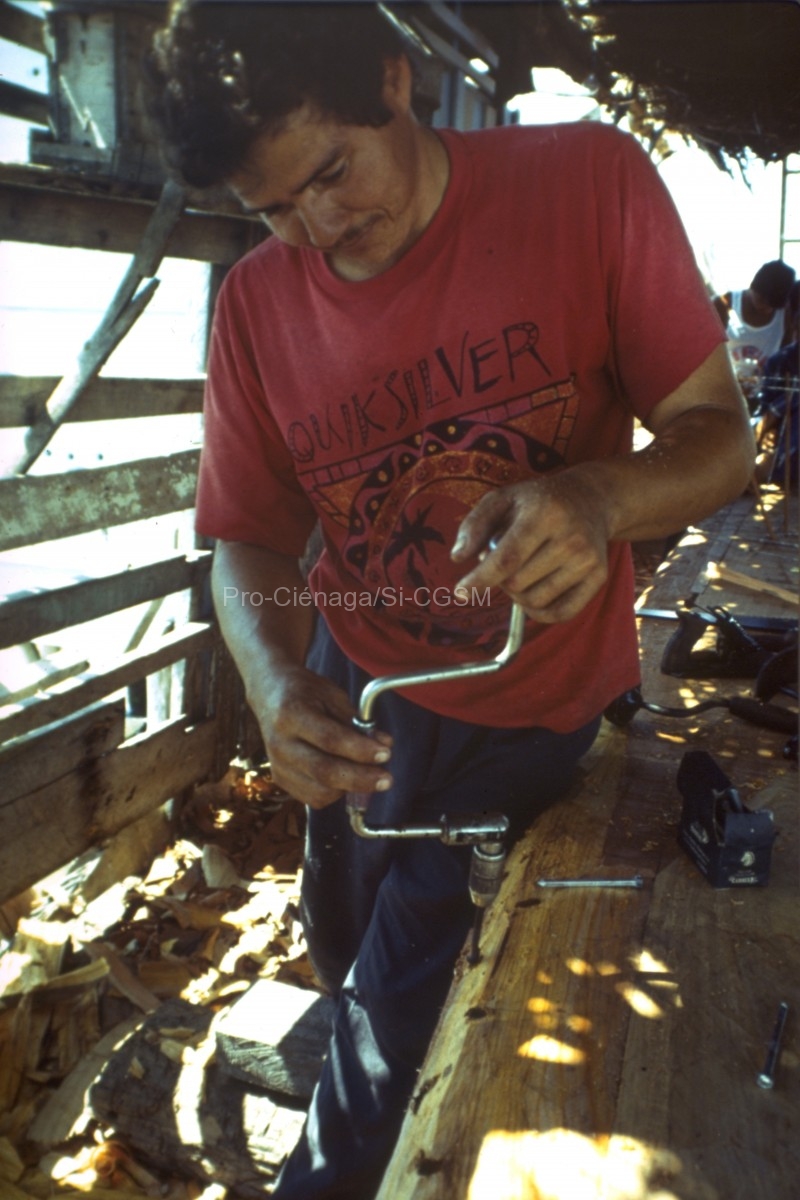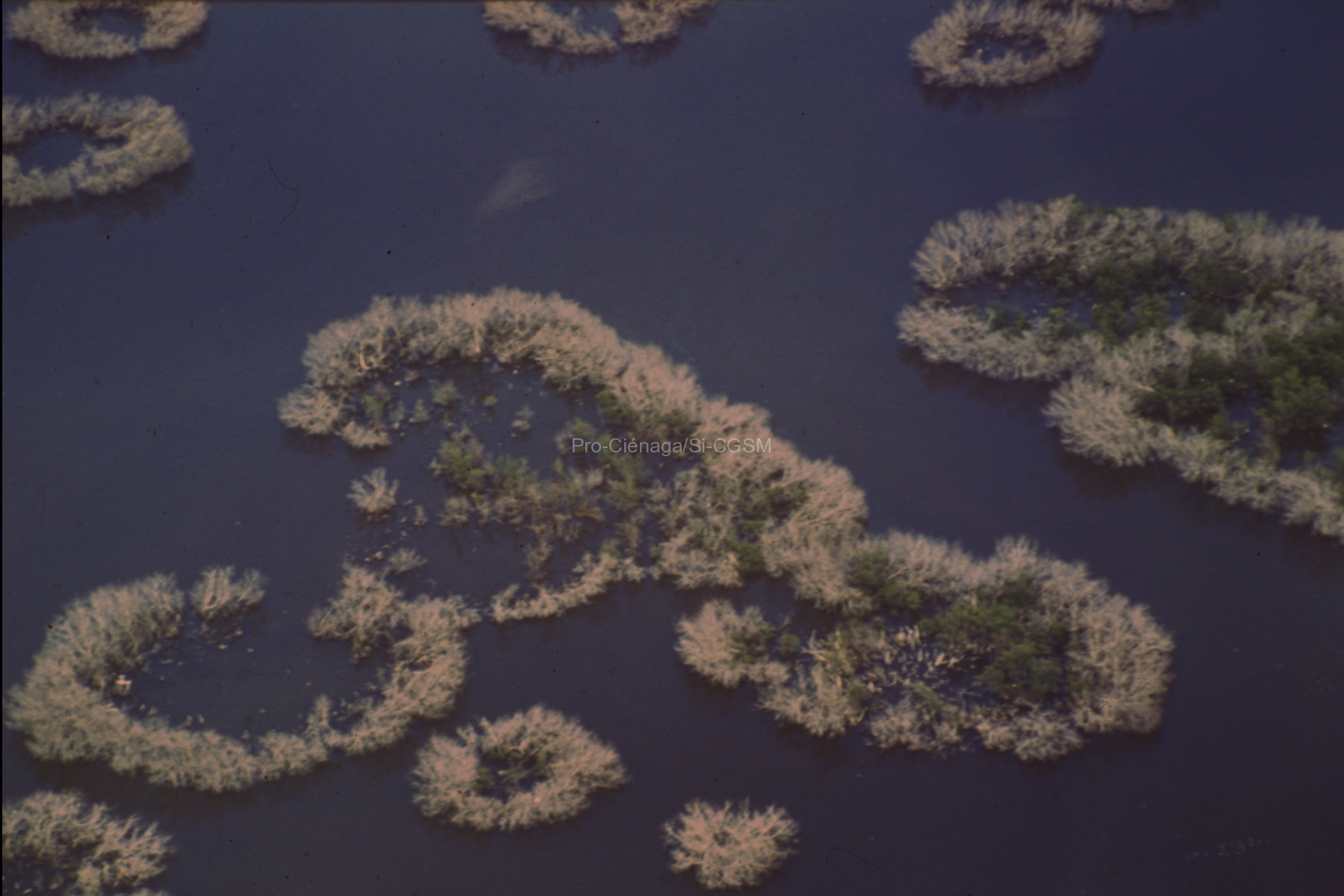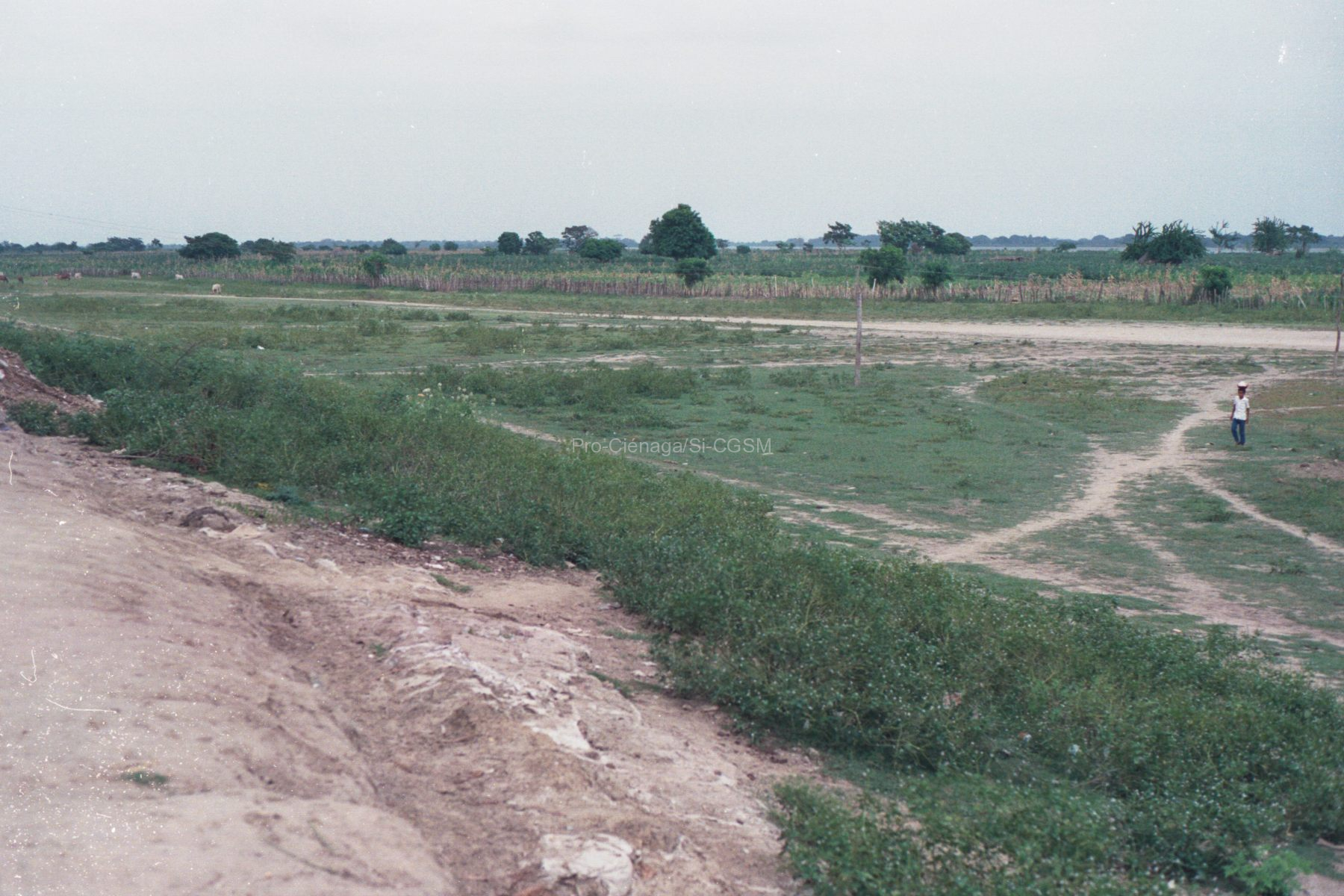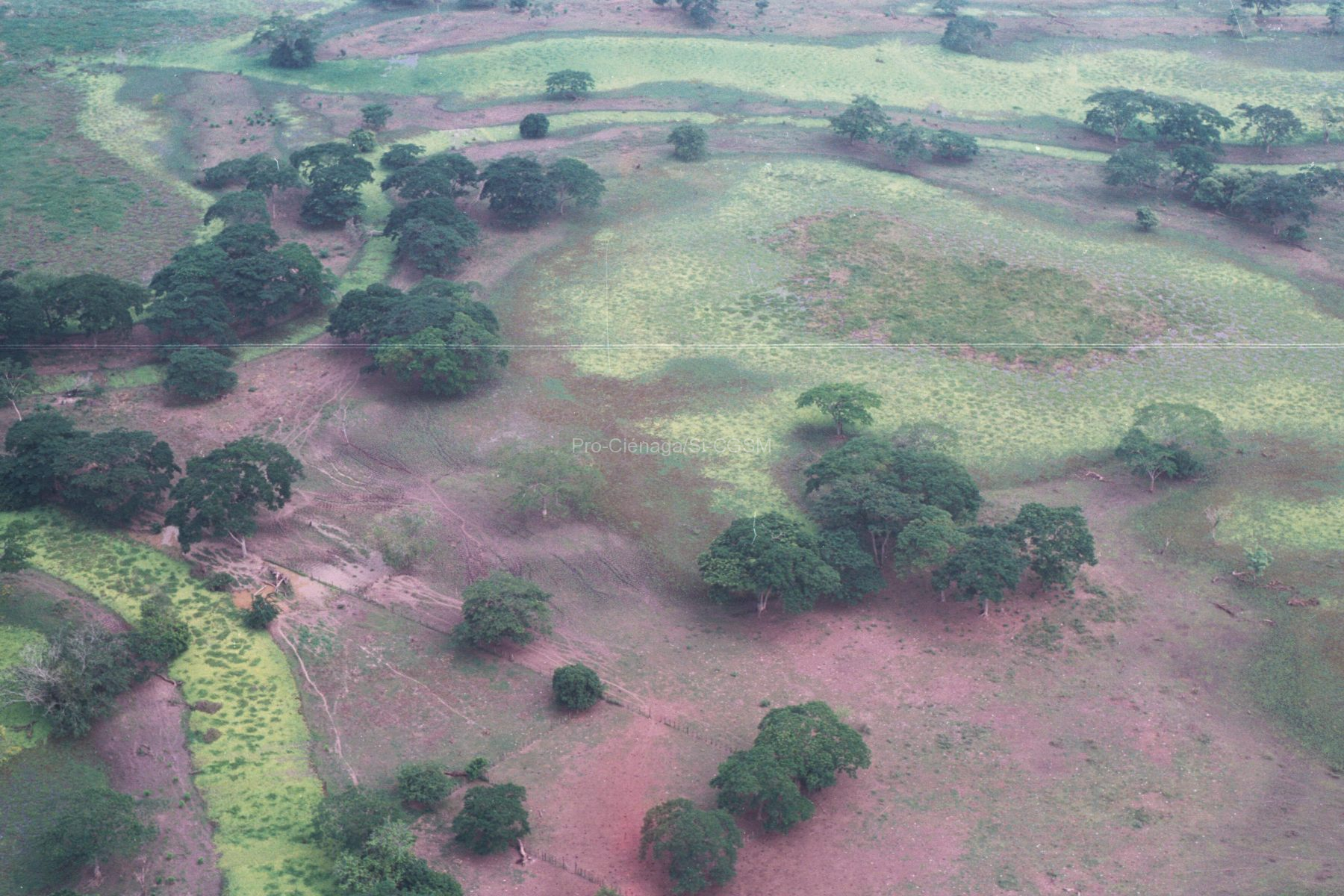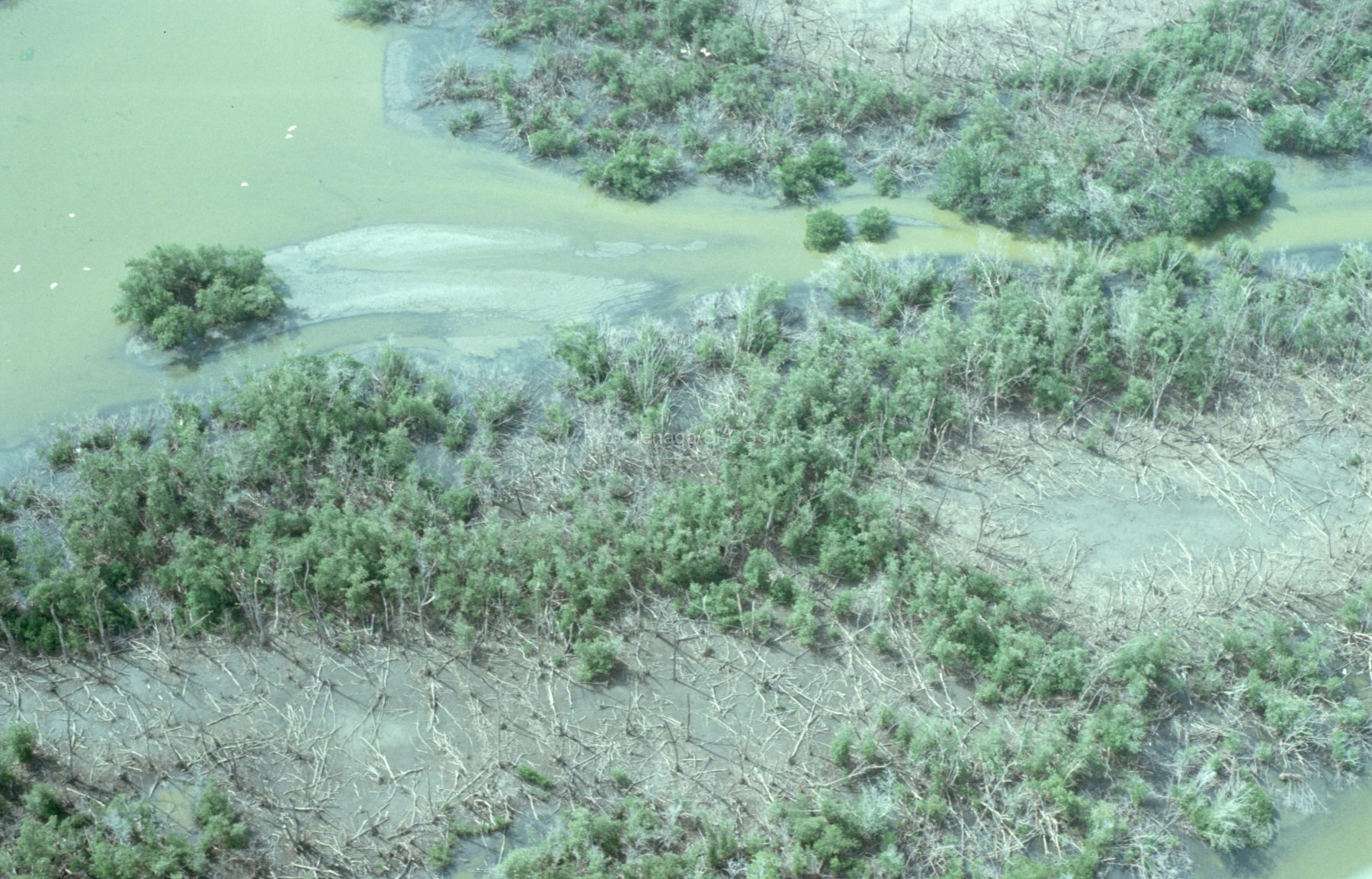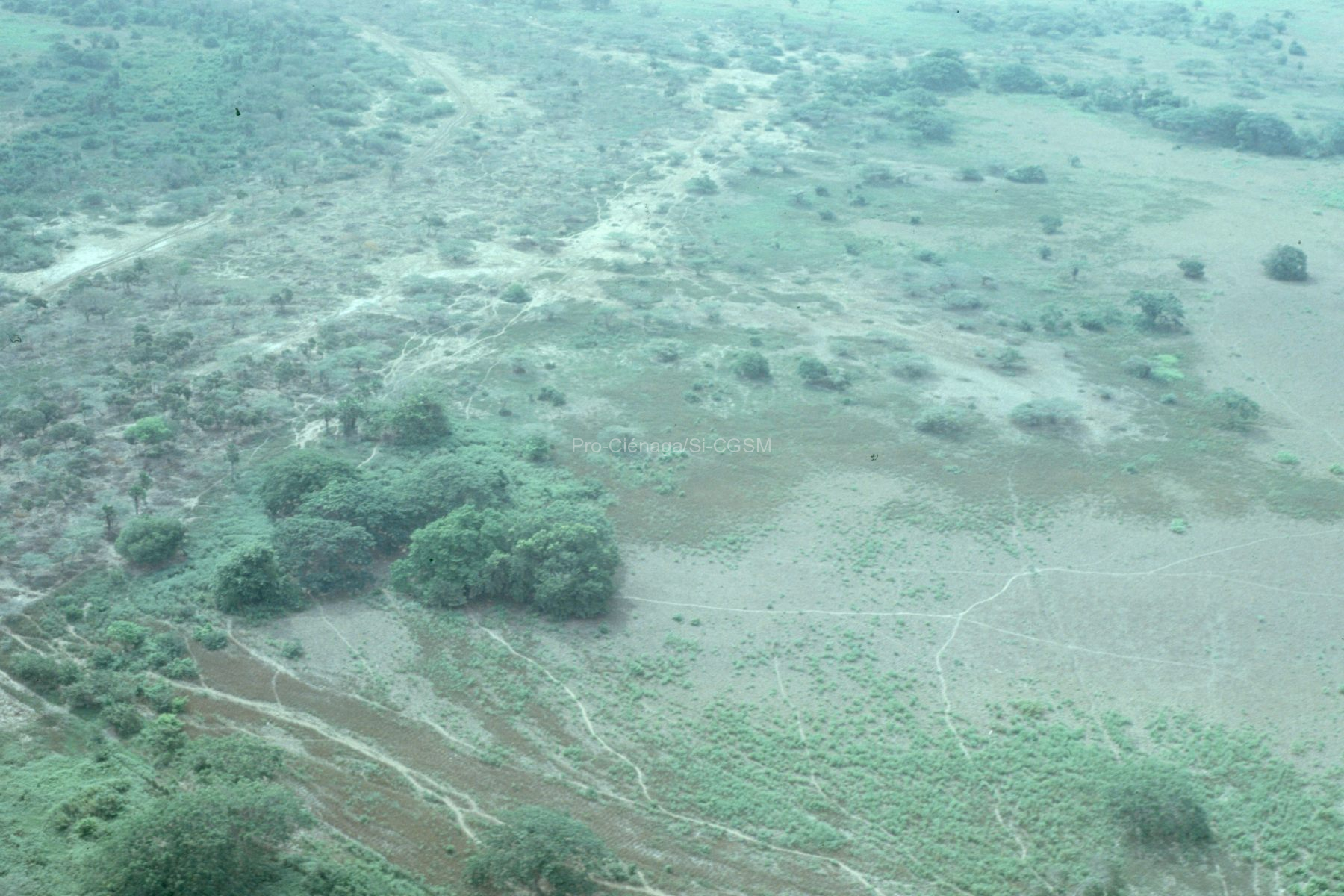https://dx.plos.org/10.1371/journal.pone.0022199
Until recently, the genus Epicrates (Boidae) presented only one continental species, Epicrates cenchria, distributed in Central and South America, but after a taxonomic revision using morphologic characters five species were recognized: E. cenchria, E. crassus, E. maurus, E. assisi, and E. alvarezi. We analyzed two independent data sets, environmental niche models and phylogeny based on molecular information, to explore species delimitation in the continental species of this genus. Our results indicated that the environmental requirements of the species are different; therefore there are not evidences of ecological interchangeability among them. There is a clear correlation between species distributions and the major biogeographic regions of Central and South America. Their overall distribution reveals that allopatry or parapatry is the general pattern. These evidences suggest that habitat isolation prevents or limits gene exchange among them. The phylogenetic reconstruction showed that the continental Epicrates are monophyletic, being E. alvarezi the sister species for the remaining two clades: E. crassus – E. assisi, and E. maurus – E. cenchria. The clade grouping the continental Epicrates is the sister taxon of the genus Eunectes and not of the Caribbean Epicrates clade, indicating that the genus is paraphyletic. There is a non-consistent pattern in niche evolution among continental Epicrates. On the contrary, a high variation and abrupt shifts in environmental variables are shown when ancestral character states were reconstructed on the sequence-based tree. The degree of genetic and ecological divergence among continental Epicrates and the phylogenetic analyses support the elevation to full species of E. cenchria, E. crassus, E. maurus, E. assisi, and E. alvarezi.







